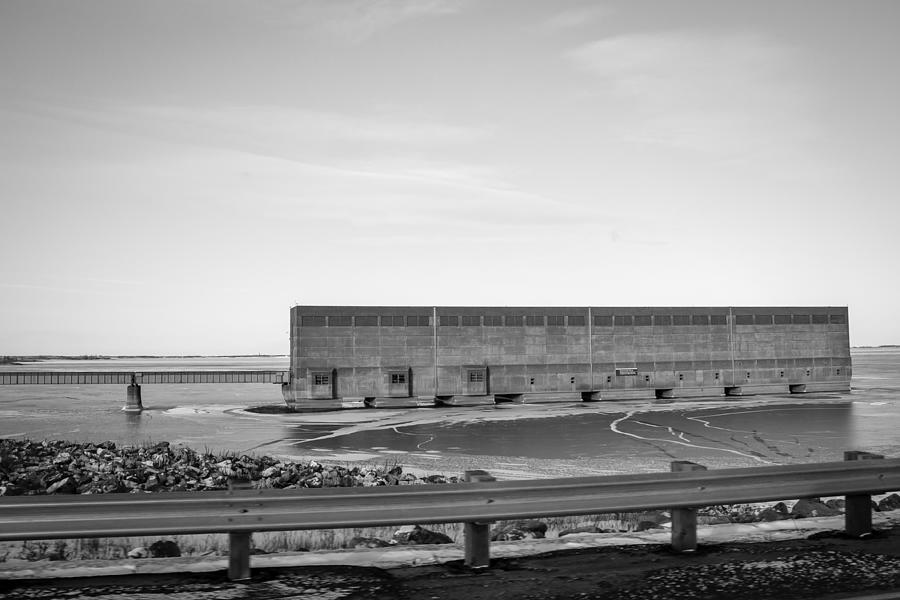
Charboneau's wife, Sacajawea (Sakakawea - a Hidatsa word meaning Bird Woman) was a Shoshoni whose knowledge of the unknown land and people proved invaluable to Lewis and Clark and an important addition to the expedition. While at the villages, the enlisted a Canadian trapper named Toussaint Charboneau to serve as an interpreter and guide. In 1804, the Hidatsa villages on the Knife River hosted the expedition led by Captain Meriwether Lewis and Lieutenant William Clark, who had been commissioned by President Thomas Jefferson to explore the Louisiana Purchase from St. The Hidatsa, Mandan, and the Arikara were farmers whose earth lodge villages served as major trading centers with the more nomadic tribes of the plains as well as travelers coming up the river.

When the first fur traders arrived in the region in the 1700s, they found three Tribes of Indians settled there. Garrison Dam was built in a region which served as a major transportation route. Information about a study to evaluate what additional repairs or improvements are needed to address structural concerns at certain places at the dam, is available on here. Omaha District completed several actions to improve and repair Garrison Dam after the flooding of 2011. Garrison Dam is safe and is operating as designed but, like other dams, is considered a high risk because of the significant consequences of uncontrolled reservoir releases on downstream populations, including twelve states and numerous urban centers along the Missouri River. Visit NWO Dam Safety Program web page to learn more. They now use more precise, modern technologies and apply up-to-date science to reduce flood risk more effectively. In addition, dam safety engineers across federal and state agencies share information as they learn about the performance of flood risk reduction structures built over many decades. Dam safety standards and practices are continually updated to improve the maintenance and operation of dams to ensure they can safely serve their original purposes. It is important to understand that the dam is designed to release far more water.Īs part of its Dam Safety Program, Omaha District conducts detailed engineering analyses to ensure its dams are safe and that risks to the public, property, and the environment are minimized to the extent possible. These controlled, intentional flows are called “non-breach” releases and may be required in the future as a result of a rare but extreme flood.įor perspective, the largest release of water was 150,000 cubic feet of water per second through the tunnels and spillway in June 2011. In addition, the eight tunnels can collectively pass 136,000 cubic feet of water per second. This flow is the equivalent of filling over nine Olympic size swimming pools each second.

In all, the spillway was designed to release 827,000 cubic feet of water per second if needed to preserve the integrity of the dam. When reservoir levels are high and operations shift to reducing flood risks to downstream communities, most often during extreme storms when rain or snowmelt fill the reservoir, dam operators can release additional water through the three regulatory outlet tunnels and through the 28 gates that run across a concrete spillway on the dam’s southeast end. During normal operations, when the region is not threatened by significant storms, USACE releases stored water through five penstock tunnels to generate power and balance reservoir levels for other uses.


 0 kommentar(er)
0 kommentar(er)
